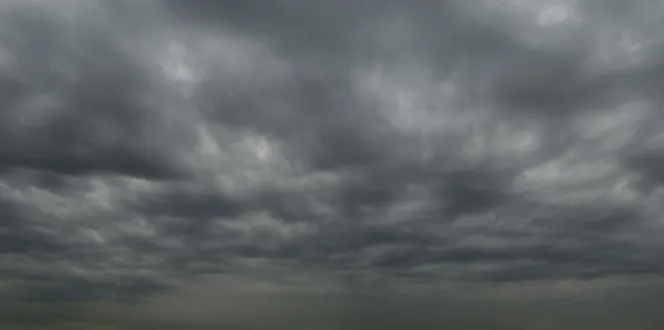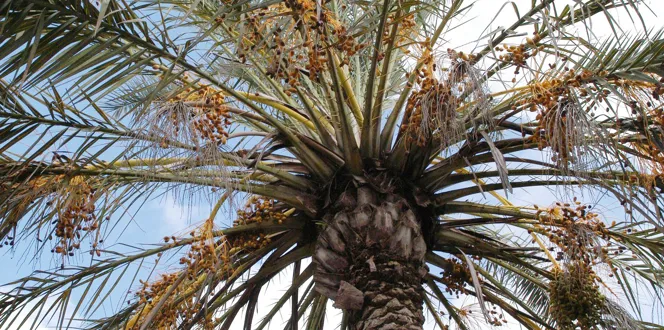Palm trees were built for the wind and rain that rolls in during a hurricane. But even the most stable trees don’t always make it out of the storm scot-free.
Palm tree damage from a hurricane can be as small as a few yellow leaves or as major as a broken off crown. No matter the severity of the injury, trees need help from us to recover.
Below, learn how palm trees handle storms and what to do if a hurricane damages your palm tree.
First of all, how do palm trees survive hurricanes?
With a strong trunk and open canopy, palms are wind-resistance.
Plus, palm fronds fold into themselves when they catch a gust of wind. In some cases, that helps the tree hold onto its foliage through the storm. But, even if the leaves are stripped off, the way they close during a storm helps protect the tree’s single bud from high winds.
It also helps if you prep your trees before hurricane season starts. But once the winds start roaring (over 60 mph), even well-cared-for trees may get damaged. Speaking of…
My palm trees got damaged in a hurricane. Now what?
Safety should be top of mind after a storm. If your tree is leaning or looks like it could come down, don’t get too close!
While keeping your safety in mind, you want to do your best to check for significant signs of damage.
Look for:
- Dead, hanging fronds
- Broken stems on a clustering palm
- Leaning trunk
- A tree that’s completely toppled over
If your palm has any damage like this, the best thing to do is call a certified arborist. They’ve seen it all, and they’ll know just what the best course of action is for your tree. Even if the storm toppled your palm tree, an arborist might be able to re-plant it.
To give you an idea of what an arborist will look for, here’s how to address a few post-storm problems.
What to do if your palm tree top broke off/is stripped
- Check if the bud, the central tree point where fronds sprout from, is intact. Usually, though, that’s too high for you to see from the ground, but a certified arborist can help you out with this.
- If the bud’s still whole, there’s a chance the tree will survive. If the bud is damaged, your palm will likely need to be removed.
- If your palm’s bud is good to go, you still gotta have patience! It takes about three to six months to see the first sign of recovery.
- Avoid pruning unless it’s to remove brown, dead fronds. Yellow or green fronds that are bent can stick around until the tree regains its strength.
- Fertilize the tree after new leaves start coming in to green up any yellowing fronds.
Can you fix a leaning palm tree?
Sometimes yes and sometimes no! We wish we could give you more guidance on this, but someone’s really got to see your tree in person to make this call.
A certified arborist will help decide your tree’s fate and see if the tree’s structure is salvageable (or not).
If your tree doesn’t pose a risk, propping up is an ideal way to straighten a leaning tree. But if your arborist determines your palm’s not structurally sound, it’ll probably have to be removed.
What do you do if your palm tree fronds are bent but didn’t break?
- If the palm fronds are bent, but still yellow or green, leave ‘em be! Your tree will need all the extra energy and nutrients it can get right now.
- Then, wait until they mature and turn brown.
- Prune out the brown or dead fronds.





